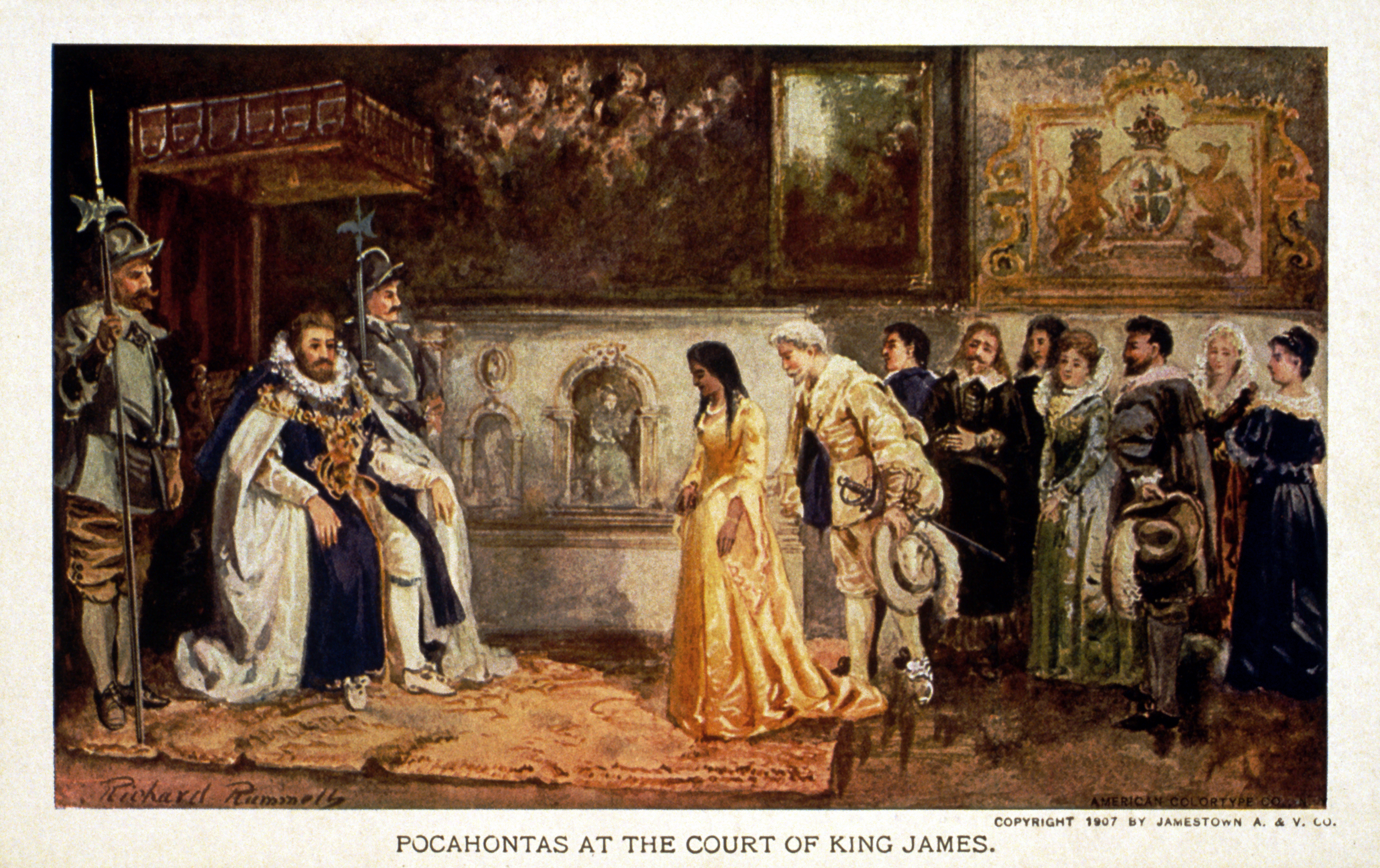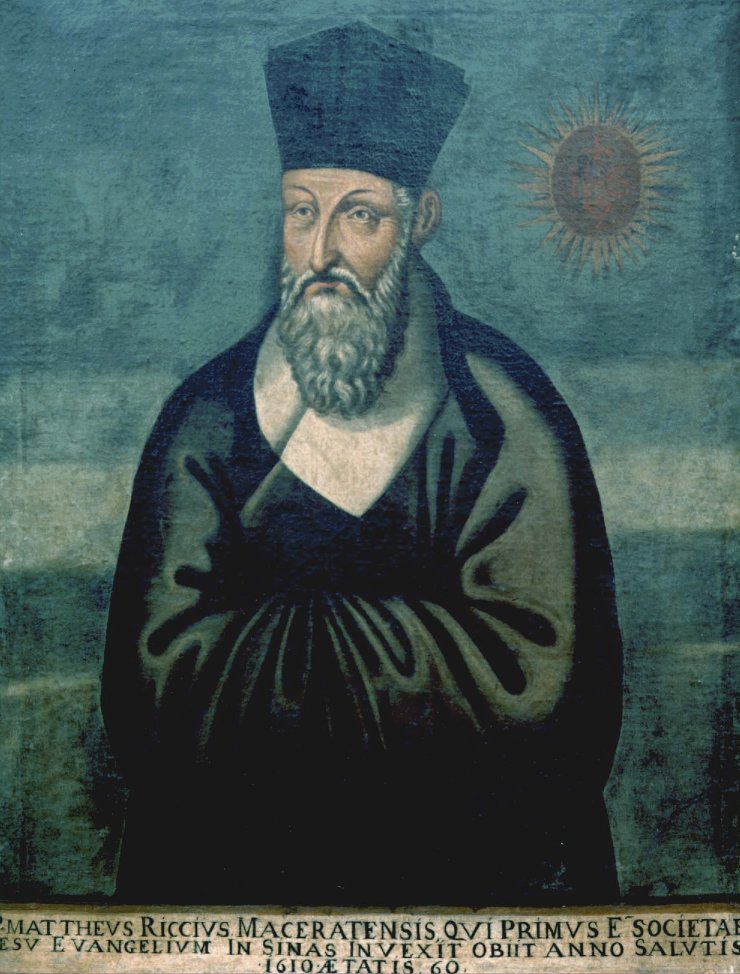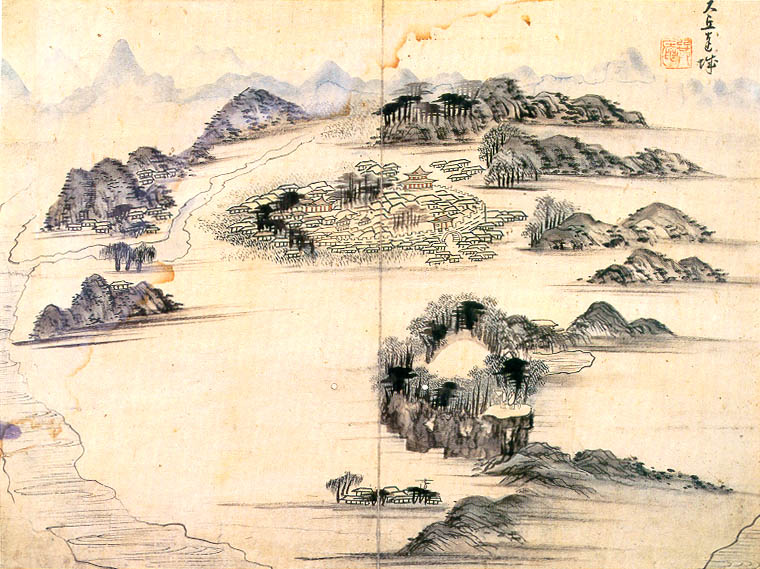|
Kwak Chaeu
Kwak Chaeu (; 1552–1617) was a Korean military general from Uiryeong. He was called the "Red Robe General" () after his habit of wearing a coat made of red silk. In 1592, nine days into the Imjin War, he formed a righteous army to fight against the Japanese army. He originally did not have an official position, but King Seonjo of Joseon granted him a government position. Background Kwak was a ''yangban''. He had passed the examination to enter the civil service when he was thirty-four, but was denied a post as his essay portion was harshly critical of the government. After that, he decided to give up taking the test and stay in hiding for life. Raising an army In 1592, Japanese regent Toyotomi Hideyoshi invaded Korea. Kwak began raising a militia to defend the free parts of Kyongsang province from the invaders. Kwak Chaeu disrupted Japanese supply lines around the Nakdong River in many guerrilla actions. Kwak also had the distinction of winning Korea's first land victory of t ... [...More Info...] [...Related Items...] OR: [Wikipedia] [Google] [Baidu] |
Korean Calendar
Throughout its many years of history, various calendar systems have been used in Korea. Many of them were adopted from the Lunar calendar, lunar Chinese calendar system, with modifications occasionally made to accommodate Korea's geographic location and seasonal patterns. The solar Gregorian calendar was adopted in 1896, by Gojong of Korea. Koreans now mostly use the Gregorian calendar; however, traditional holidays and East Asian age reckoning#Korean, age-reckoning for older generations are still based on the traditional lunisolar calendar. History During the early Goryeo period, the Tang-made Xuanming calendar, ''Xuanming'' calendar (선명력; 宣明曆) was used until 1281. While the Tang revised the Xuanming calendar several times Korea insisted on using an unmodified version until Munjong of Goryeo, Munjong's reign, when several improvised calendars, such as the ''Sipchŏng'' (십정력; 十精曆), ''Ch'iryo'' (칠요력; 七曜曆), ''Kyŏnhaeng'' (견행력; 見行曆), ... [...More Info...] [...Related Items...] OR: [Wikipedia] [Google] [Baidu] |
Nam River (South Korea)
The Nam River or Namgang () is a river in South Gyeongsang Province, South Korea. It is a tributary of the Nakdong River. In 1950, during the Korean War, the river was the site of fierce battles between United Nations troops and North Korean forces, the Battle of the Nam River. See also * Rivers of Asia *Rivers of Korea *Geography of South Korea South Korea is located in East Asia, on the southern portion of the Korean Peninsula located out from the far east of the Asian landmass. The only country that shares a land border with South Korea is North Korea, lying to the north with of ... References Rivers of South Korea Rivers of South Gyeongsang Province {{SouthKorea-river-stub ... [...More Info...] [...Related Items...] OR: [Wikipedia] [Google] [Baidu] |
1617 Deaths
Events January–March * January 5 **Pocahontas and Tomocomo of the Powhatan Algonquian peoples, Algonquian tribe, in the Virginia colony of America, meet James VI and I, King James I of England as his guests, at the Banqueting House, Whitehall, Banqueting House at Whitehall. **''The Mad Lover'', a play by John Fletcher (playwright), John Fletcher, is given its first performance. * February 27 – The Treaty of Stolbovo ends the Ingrian War between Sweden and Tsardom of Russia, Russia. Sweden gains Swedish Ingria, Ingria and Priozersk, Kexholm. * March 4 – On Shrove Tuesday, angry rioters burn down London's Cockpit Theatre because of its increase in the price of admission to its plays. Three rioters are killed when the actors at the theater defend themselves. * March 7 – Francis Bacon is appointed as Lord Keeper of the Great Seal of England and is designated by King James I to serve as regent during the time that the King of England is away from West ... [...More Info...] [...Related Items...] OR: [Wikipedia] [Google] [Baidu] |
1552 Births
__NOTOC__ Year 1552 (Roman numerals, MDLII) was a leap year starting on Friday of the Julian calendar. Events January–March * January 15 – Henry II of France and Maurice, Elector of Saxony, sign the Treaty of Chambord. * February 12 – Pedro de Valdivia founds the Chilean city of Valdivia (city), Valdivia, as ''Santa María la Blanca de Valdivia''. * February 24 – The privileges of the Hanseatic League are abolished in Kingdom of England, England. * March 26 – Guru Amar Das becomes the Third Sikh Guru. April–June * April 8 – Maurice, Elector of Saxony, liberates Augsburg and sets about to capture Charles V, Holy Roman Emperor. * April 11 – Metz Cathedral is consecrated. * April 15 – The Act of Uniformity 1552, Act of Uniformity is given royal assent and imposes use of the Protestant Book of Common Prayer on Kingdom of England, England. * April 16 – Pedro de Valdivia founds the city of La Imperial, Chile. * April ... [...More Info...] [...Related Items...] OR: [Wikipedia] [Google] [Baidu] |
People Of The Imjin War
The term "the people" refers to the public or common mass of people of a polity. As such it is a concept of human rights law, international law as well as constitutional law, particularly used for claims of popular sovereignty. In contrast, a people is any plurality of persons considered as a whole. Used in politics and law, the term "a people" refers to the collective or community of an ethnic group or nation. Concepts Legal Chapter One, Article One of the Charter of the United Nations states that "peoples" have the right to self-determination. Though the mere status as peoples and the right to self-determination, as for example in the case of Indigenous peoples (''peoples'', as in all groups of indigenous people, not merely all indigenous persons as in ''indigenous people''), does not automatically provide for independent sovereignty and therefore secession. Indeed, judge Ivor Jennings identified the inherent problems in the right of "peoples" to self-determination, as i ... [...More Info...] [...Related Items...] OR: [Wikipedia] [Google] [Baidu] |
Joseon Generals
Joseon ( ; ; also romanized as ''Chosun''), officially Great Joseon (), was a dynastic kingdom of Korea that existed for 505 years. It was founded by Taejo of Joseon in July 1392 and replaced by the Korean Empire in October 1897. The kingdom was founded following the aftermath of the overthrow of Goryeo in what is today the city of Kaesong. Early on, Korea was retitled and the capital was relocated to modern-day Seoul. The kingdom's northernmost borders were expanded to the natural boundaries at the rivers of Yalu River, Amnok and Tumen River, Tuman through the subjugation of the Jurchen people, Jurchens. During its 500-year duration, Joseon encouraged the entrenchment of Korean Confucianism, Confucian ideals and doctrines in Korean society. Neo-Confucianism was installed as the new state's ideology. Korean Buddhism, Buddhism was accordingly discouraged, and occasionally Buddhists faced persecution. Joseon consolidated its effective rule over the Korean peninsula and saw the he ... [...More Info...] [...Related Items...] OR: [Wikipedia] [Google] [Baidu] |
Japanese Invasions Of Korea (1592–1598)
The Imjin War () was a series of two Japanese invasions of Korea: an initial invasion in 1592 also individually called the "Imjin War", a brief truce in 1596, and a second invasion in 1597 called the Chŏngyu War (). The conflict ended in 1598 with the withdrawal of Japanese forces from the Korean Peninsula after a military stalemate in Korea's southern provinces. The invasions were launched by Toyotomi Hideyoshi with the intent of conquering the Korean Peninsula and China proper, which were ruled by the Joseon and Ming dynasties, respectively. Japan quickly succeeded in occupying large portions of the Korean Peninsula, but the contribution of reinforcements by the Ming, "(Korean) war minister Yi Hang-bok pointed out that assistance from China was the only way Korea could survive." as well as the disruption of Japanese supply fleets along the western and southern coasts by the Joseon Navy, "His naval victories were to prove decisive in the Japanese defeat, although Yi was to ... [...More Info...] [...Related Items...] OR: [Wikipedia] [Google] [Baidu] |
Siege Of Jinju (1592)
The first siege of Jinju was one of the major land battles during the Imjin War – the first occurred during the fall of 1592, and the second one in spring of 1593. The siege ended in a Korean victory and prevented the Japanese advance into Southwestern Korea. It was followed up by the second siege of Jinju the next year. Military strength Joseon * Kim Si-min – 3,700 soldiers * Yi Gwang-ak – 100 soldiers * Gwak Jaeu – 200 irregulars * Choi Gyeong-hoe, Im Gye-yeong – 2,000 irregulars Total 3,800 soldiers and 2,200 irregulars Japan *Ukita Hideie – 10,000 soldiers * Hosokawa Tadaoki – 3,500 soldiers * Hasegawa Hidekazu – 5,000 soldiers * Kimura Shigekore – 3,500 soldiers * Kato Mitsuyasu – 1,747 soldiers * Shinzo Naosada – 300 soldiers * Kasuya Takenori – 200 soldiers * Ota Kazuyosi – 160 soldiers Total 30,000 soldiers Background Jinju Fortress was an important city fortress that guarded the inways to Jeolla province. Ukita Hideie and Hosokawa Tadao ... [...More Info...] [...Related Items...] OR: [Wikipedia] [Google] [Baidu] |
Hyeonpung Gwak Clan
Hyeonpung Gwak clan () is one of the Korean clans Korean clans are groups of Koreans, Korean people that share the same Patrilineality, paternal ancestor. They are indicated by the combination of a ''bongwan'' () and a family name. Korean clans distinguish clans that happen to share the same fam .... Their Bon-gwan is in Dalseong County, Daegu. According to the research held in 2015, the number of Hyeonpung Gwak clan’s member was 166608. Their founder was who was naturalized in Goryeo from Song dynasty. According to the epitaph coming out from ’s grave in 1930, passed imperial examination in 1138, worked as ''munha sirang pyeongjangsa'' (문하시랑평장사; 門下侍郞平章事) and ''Jinzi Guanglu Daifu'' (), and became Prince of Posan (). After that, ’s descendant founded Hyeonpung Gwak clan and made Posan (), Hyeonpung Gwak clan’s Bon-gwan. clan’s Bon-gwan. See also * Korean clan names of foreign origin References External links * {{Cite bo ... [...More Info...] [...Related Items...] OR: [Wikipedia] [Google] [Baidu] |
Gimhae Heo Clan
The Gimhae Heo clan () is a Korean clan. This clan traces their origin to King Suro and his legendary Queen Heo Hwang-ok, who are mentioned in the 13th-century Korean chronicle ''Samguk Yusa''. , Jul 19, 2016. King Suro was the founder of . According to a 2015 survey, the population of Gimhae Heo clan is 134068. The founder of Gimhae Heo clan, a 35th descendant of Queen Heo Hwang-ok and King Suro, was who served in the court of King [...More Info...] [...Related Items...] OR: [Wikipedia] [Google] [Baidu] |
Daegu
Daegu (; ), formerly spelled Taegu and officially Daegu Metropolitan City (), is a city in southeastern South Korea. It is the third-largest urban agglomeration in South Korea after Seoul and Busan; the fourth-largest List of provincial-level cities of South Korea, metropolitan city in the nation with over 2.3 million residents; and the second-largest city after Busan in the Yeongnam Regions of Korea, region in southeastern South Korea. Daegu and the surrounding North Gyeongsang Province are often referred to as Daegu-Gyeongbuk, with a total population of over 5 million. Daegu is located in south-eastern Korea about from the coast, near the Geumho River and its mainstream, Nakdong River in Gyeongsang Province. The Daegu basin is the central plain of the Yeongnam List of regions of Korea, region. In ancient times, the Daegu area was part of the proto-kingdom Jinhan. Subsequently, Daegu came under the control of the Silla Kingdom, which unified the Korean Peninsula. During th ... [...More Info...] [...Related Items...] OR: [Wikipedia] [Google] [Baidu] |




